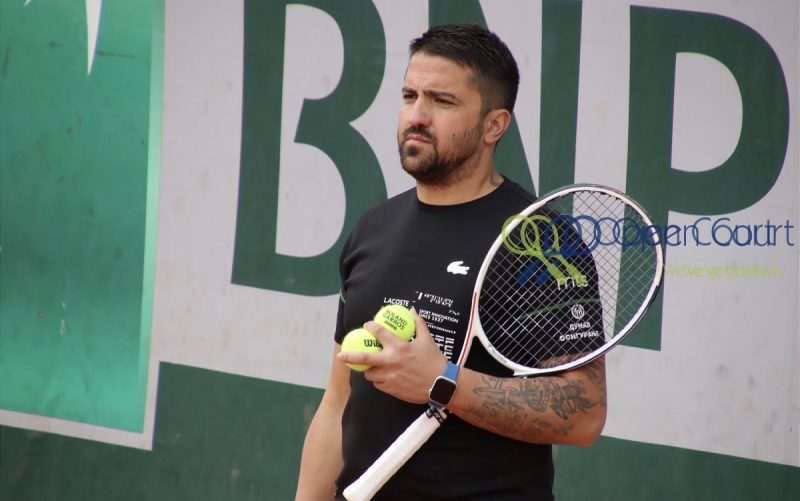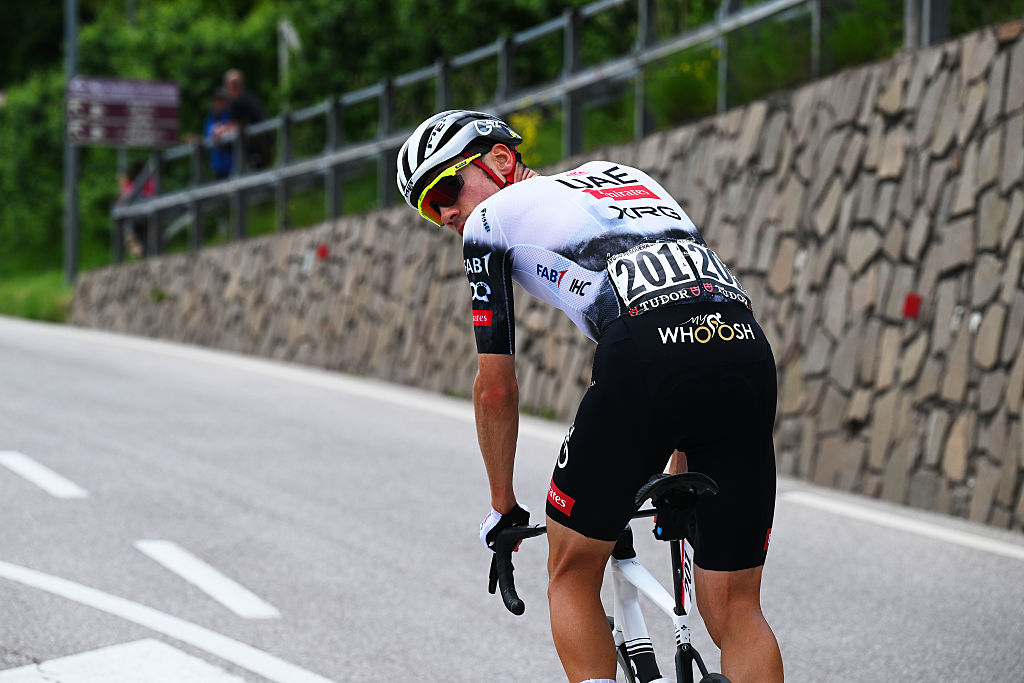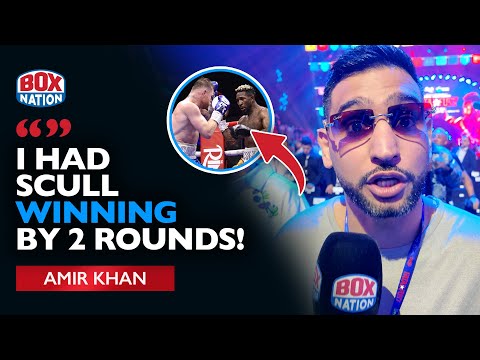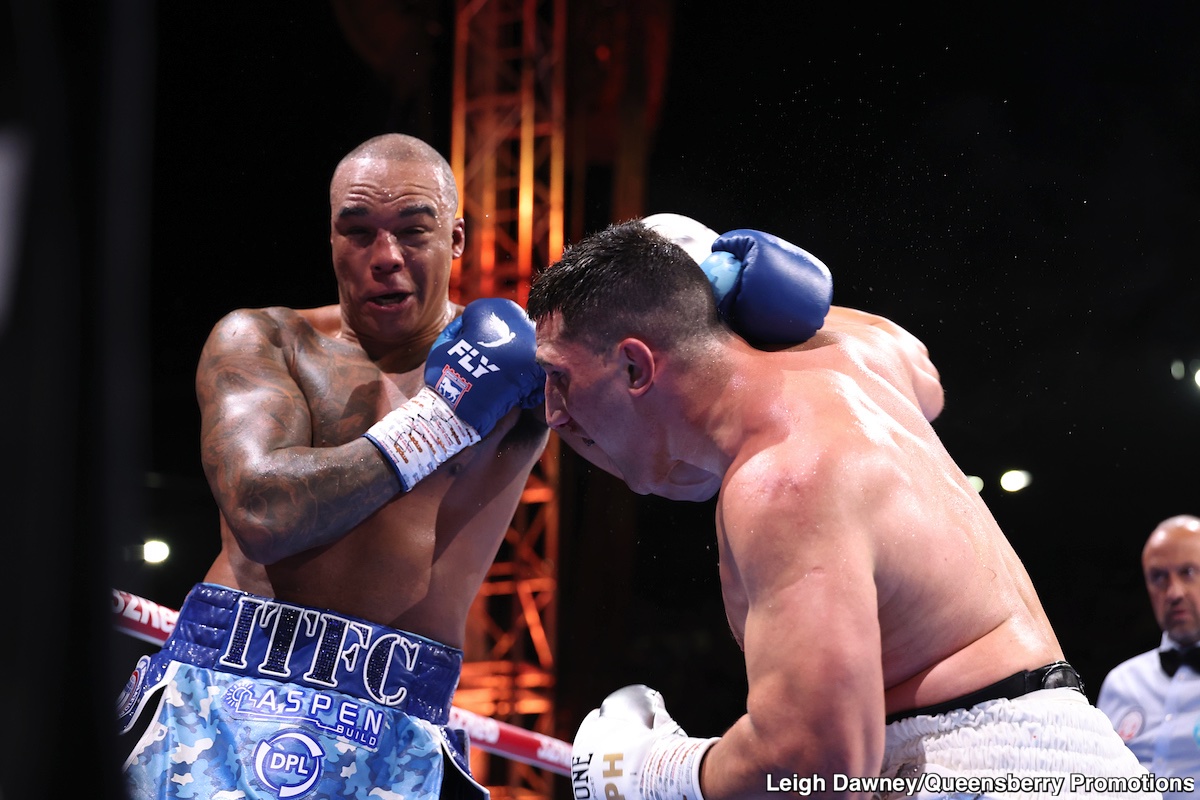–
ROLAND GARROS – When it comes down to it, it’s mostly about balls.
And Denis Shapovalov, who faces Austrian qualifier Filip Misolic for a spot in the third round of Roland Garros on Thursday, is happy to see Paris – and Wilson.
“I felt like I don’t have to overpower like crazy and be forced to do too much, so I do feel like the ball makes a big difference – I would say Madrid being an exception because it’s altitude. You know, you’re still able to hit through it,” Shapovalov said after a thoroughly impressive 6-2, 6-0, 6-3 win over quality clay-courter Pedro Martinez of Spain in the first round. “I’m sorry, but Rome was a disaster when it came to that; you can hit eight, nine, 10 winners and the rally is still going.”
Shapovalov is hardly the only player to take issue with the tennis balls used on the ATP Tour – notably, the Dunlop ball that is the official ball. Daniil Medvedev and Alexander Zverev are just two others.
But with the Wilson ball used in Paris, Shapovalov feels more like himself.
“I was just saying that I think it’s one of the best results in any Grand Slam match played but definitely, especially, on clay. I’m not sure I’ve ever bageled someone before,” he added.
Shapovalov beat Bernard Tomic in the 2021 Australian Open with the loss of just six games, and lost just six in beating friend and countryman Félix Auger-Aliassime at the 2019 US Open.
So it was, in fact, his most dominant Grand Slam match win ever. And he had inflicted just a dozen bagels (pardon the bakery pun) on opponents in more than 300 career matches at the ATP level.
Shapovalov has been dealing with …. something – a lingering virus, perhaps, for a while now. He still sounded congested before the tournament began, and a little better after his first-round win.
He was ill as far back as Munich, retiring in his first-round match against German teenager Diego Dedura – whose victory celebration went viral – and posting just one win (over the injured Kei Nishikori) in the three clay-court Masters 1000s combined.
He withdrew from a planned participation in Geneva the week before Roland Garros.
“I don’t know I’ve been struggling with; I don’t know if it’s long Covid or whatever it is but obviously I had the flu,” he said. “I was just kind of staying at home trying to take care of my health and trying to do as best as possible too to be 100 per cent here. For sure I feel better, but it’s still a struggle day in, day out.”
Shapovalov isn’t the only one who’s had long term struggles unrelated to an acute injury. Holger Rune has also wrestled with it this year. So has Tomas Machac, who has retired or withdrawn nine times since the US Open, most often because of illness.
“I know there’s been there’s been a couple of people I’ve spoken to who’ve had similar things,” he said. “Just congestion and stuff like this, but it’s hopefully it’s something that won’t linger too much longer.”
Shapovalov said that another issue with illness is that with the climate around contaminated supplements and dope testing these days, he’s reluctant to take anything that might help.
“I just don’t want to risk anything and that’s I think that’s half the battle. You know a lot of the medication that can possibly help could potentially get you in trouble,” he said. “I’ve been taking vitamins and supplements. If you’re not 100 per cent sure – obviously I wouldn’t say any of us are 100 per cent sure, ever But if you’re not, like, 95 per cent sure then there’s no chance you should take it.
“I think doctors are also struggling to kind of understand what’s going on. I feel like every time I’ve come to the doctor they don’t really help too much,” he added. “Just kind of saying the same things like, ‘Oh yeah, it takes time’, or ‘Take some vitamins and hopefully it goes away’.
“But t I feel like nobody really knows what’s going on with the world right now.”
Shapovalov’s frustration with the ball situation is that he (and others) have approached the ATP Tour about it. And all they get is “we’re working on it.”
He said it goes all the way to back to 2022, and pointed to Zverev’s efforts last year to analyze the balls.
And he said it even affects the conditions at Wimbledon.
“It seems like the balls are just dead. I don’t know the specifics, and I could be wrong, but just by feeling everything is very slow. Everything is almost like a clay court now – even slower than a clay court. And grass is the same. When we get to Wimbledon it’s so slow, you’re having to out-rally guys.
“I don’t mind out-rallying guys but I still want to feel like when I’m playing aggressively it’s paying off,” he said. “I was getting frustrating some practices because I felt like it’s better to moonball and not risk at all, versus playing my brand of tennis. So it’s definitely changed.”
Shapovalov points to the effects on the rankings.
“It’s definitely challenging. Obviously I’m not the only one saying this,” he said. “if you look at the rankings, a lot of guys that hit big have dropped out of the top 10.”
As Shapovalov was speaking before the start of the tournament, he mentioned that he didn’t even have a practice hit for the next day.
It’s the curse of the lefty.
“It’s especially with the young guys, I feel like when I first started the older guys didn’t care as much but these young guys are very choosey, very picky. So it’s very tough to find hits.”
In the end, he found Romanian Filip Cristian Jianu, who had lost in the final round of qualifying, and was still around before he headed to Italy to play a Challenger.
Coach Janko Tipsarevic is still in the picture, so there haven’t been any in-season dramas on the coaching front this year.
“He’s brought a lot of good things. I mean, we’re still trying to learn each other, he’s still trying to learn me. We’ve worked a lot on – I want to say, everything – but a lot on footwork. I think we haven’t (yet) been rewarded enough for the work that we’ve done,” he said.
Shapovalov was impressive in winning the ATP 500 in Dallas on indoor hard court in February. But his health issues haven’t helped his progress.
“I think he’s a he’s a really smart guy in the sense that he listens to a lot of feedback and he gives a lot of feedback. So we’re really able to work well as a team,” Shapovalov said. “A lot of coaches are kind of like, ‘It’s my way or the highway’. He’s really – I don’t want to say ‘adaptable’ – but he’s smart in seeing where my best potential is, and kind of trying to get everyone to work that into that game.”
Shapovalov can’t complain about his second-round draw as Misolic, a 23-year-old ranked No. 153 coming into Paris, is a good but not inherently dangerous player.
He had good wins in qualifying: he opened with a routine victory over Canadian Liam Draxl, who was making his Grand Slam debut but was at less than 100 per cent.

And he defeated No. 2 qualifying seed Alexander Shevchenko in the final round before a win over Bu Yunchaokete of China in the first round of the main draw.
He’s a solid clay-courter; his only Grand Slam main draw appearance before this year was at Roland Garros a year ago, when he also got through the qualifying and defeated Otto Virtanen in the five sets in the first round before losing in fairly quick fashion to Francisco Cerundolo.
He is not, on paper, nearly as good as Martinez.
The weather is warm up nicely on Thursday in Paris – finally. Which might help Shapovalov hit through the ball even better than he did in his first-round match.
But that one was clean as a whistle, with the exception of seven double faults (Shapovalov had eight aces). He broke Martinez eight times in 11 opportunities, and the official stats have him at 31 winners and just 14 unforced errors. And he was 16-for-21 at the net.
Martinez won just 18 per cent of the points on Shapovalov’s second serve.
If he wins, Shapovalov could have a third-round date with Novak Djokovic.
About Post Author













